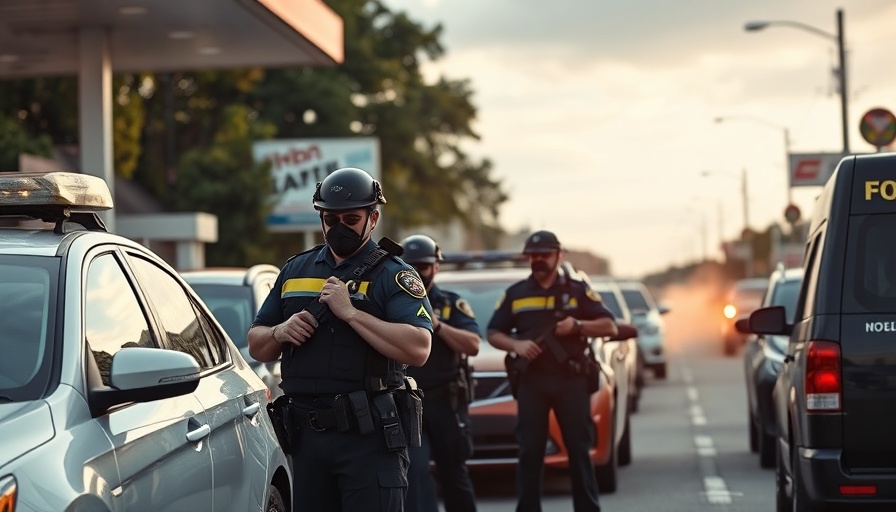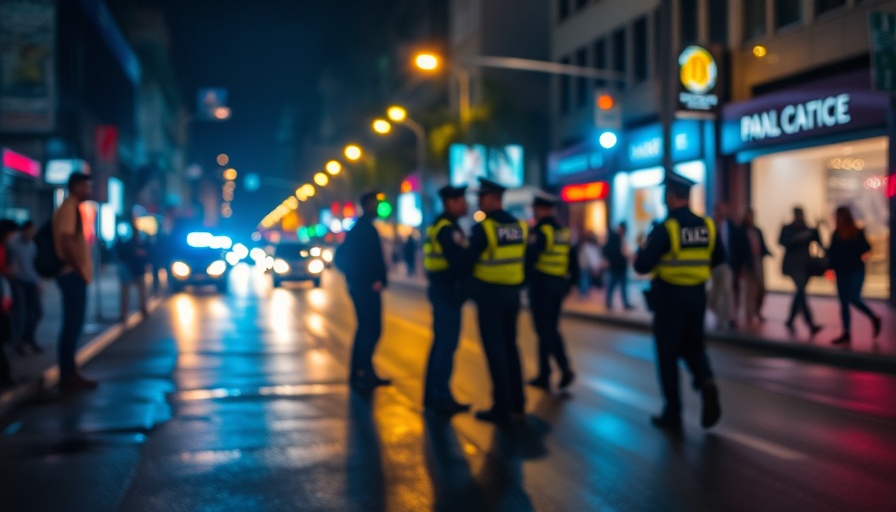
Chaos on the Roads: A Closer Look at a High-Speed Pursuit
An unusual sequence of events unfolded in Norwich, Connecticut, when a woman engaged in a reckless driving scenario that involved her ramming police cruisers and leading officers on a wild chase. Identified as 33-year-old Electra Chiulli from Old Saybrook, the incident provides a poignant reminder of the challenges and risks faced by law enforcement in today’s environment. On March 23, 2025, Chiulli was stopped by state troopers due to her vehicle not displaying a front license plate and erratic driving, which set off a chain reaction of events that no one could have anticipated.
Historical Context of Police Pursuits
The rise in high-speed chases across the country has been a significant concern for law enforcement agencies. According to recent statistics, pursuits have increasingly resulted in severe outcomes, impacting the safety of officers, suspects, and innocent bystanders alike. This incident recalls problematic pursuits where fleeing suspects resort to desperate measures, often resulting in violence or vehicle collisions. Understanding the historical data behind police pursuits helps law enforcement agencies develop better training and policies.
The Stresses on Law Enforcement During Pursuits
Pursuits like the one Chiulli spearheaded place immense stress on police officers. The adrenaline rush can lead to split-second decisions that may have dire consequences. According to studies on officer wellness, these situations can increase the likelihood of post-traumatic stress disorder (PTSD) among participants. Law enforcement agencies are now focusing on incorporating stress management techniques into their training programs to ensure excessive stress does not impair officers' abilities during engagements.
Impactful Technology: Police Equipment in Chases
As police forces embrace modern technologies, the tools available for managing pursuits are rapidly evolving. From body cameras providing real-time feedback to AI analytics helping predict criminal behavior patterns, technology plays a crucial role in law enforcement. For pursuit scenarios, advancements in vehicle tracking and communication systems can aid officers in making strategic decisions, potentially minimizing risks for everyone involved.
Community Relations: An Inevitable Concern
The incident involving Chiulli highlights another layer of complexity: police-community relations. As societies grapple with perceptions of law enforcement, incidents of reckless behavior can create further distrust. Engaging community dialogue and transparent policies about high-speed pursuits are essential steps police departments can take to foster better relationships with the communities they serve.
Next Steps for Law Enforcement Policies and Training
Looking forward, this pursuit emphasizes the need for robust policy discussions within law enforcement circles. With ongoing calls for police reform and community involvement, departments must assess their training approaches to address not just the technical aspects of high-speed chases but also the interpersonal skills needed to handle such incidents peacefully. Incorporating studies on officer wellness and community trust will undeniably enrich the training curricula, preparing officers for the dynamic situations they face on the streets.
Call to Action: Advocate for Improved Training and Policies
As highlighted by the chaotic events of Chiulli's arrest, there remains a crucial need for enhanced training programs that include community engagement strategies and modern policing technology. Law enforcement agencies, policymakers, and community advocates must come together to redefine the approach towards high-speed pursuits. Engaging in these discussions, promoting mental wellness initiatives, and ensuring officers have access to the latest technology will empower police forces to maintain public safety while prioritizing community trust.
 Add Row
Add Row  Add
Add 

 Add Element
Add Element 




Write A Comment